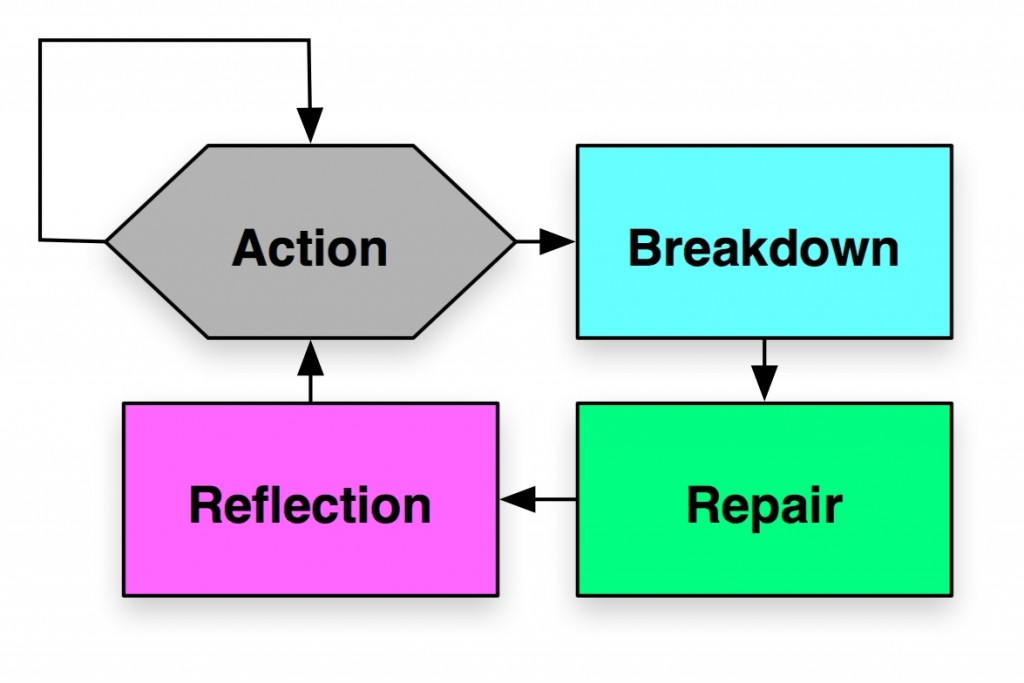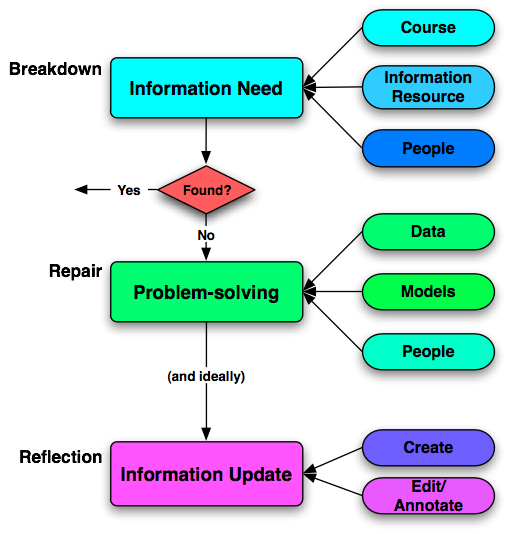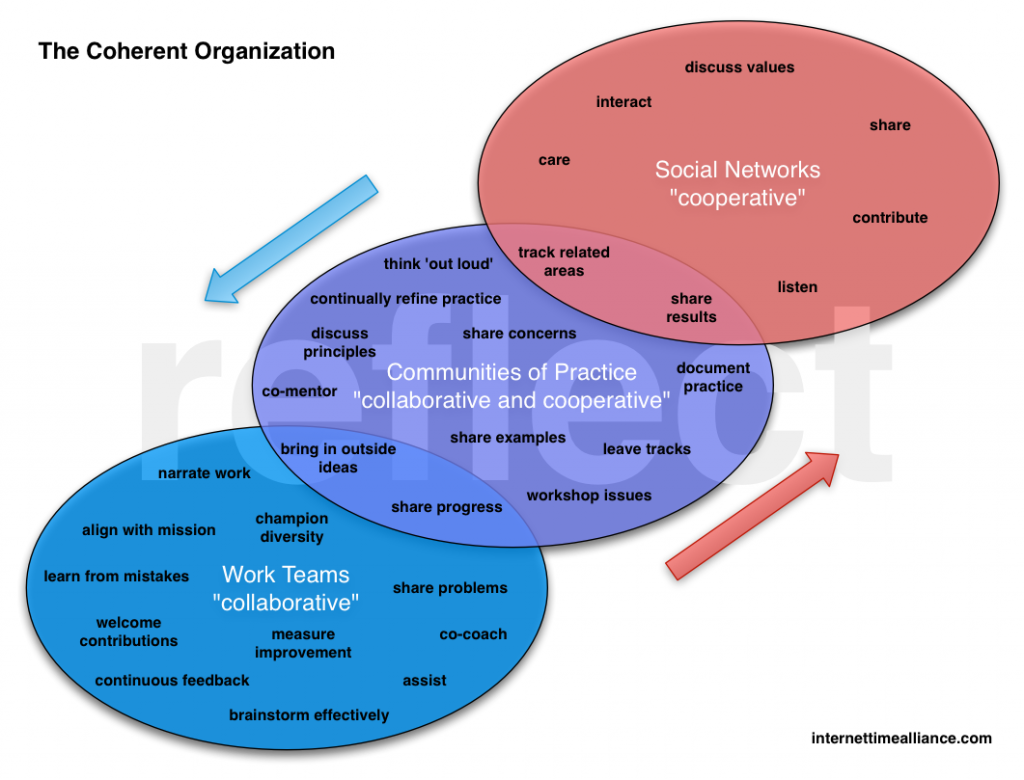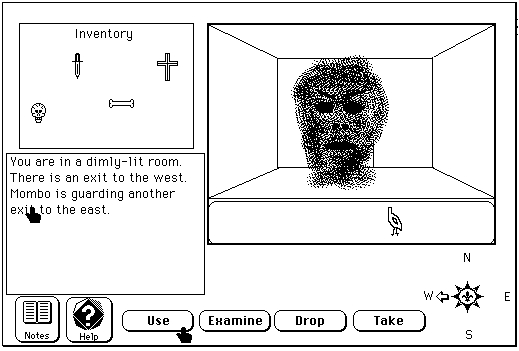RJ Jacquez asks the question “is elearning on tablets really mlearning“. And, of course, the answer is no, elearning on tablets is just elearning, and mlearning is something different. But it got me to thinking about where tablets do fit in the mlearning picture, in ways that go beyond what I’ve said in the past.
I wasn’t going to bother to say why I answered no before I get to the point of my post, but then I noticed that more than half of the respondents say it is, (quelle horreur), so I’ll get that out of the way first. If your mobile solution isn’t doing something unique because of where (or when) you are, if it’s not doing something unique to the context, it’s not mlearning. Using a tablet like a laptop is not mlearning. If you’re using it to solve problems in your location, to access information you need here and now, it’s mobile, whether pocketable or not. That’s what mlearning is, and it’s mostly about performance support, or contextualized learning augmentation, it’s not about just info access in convenience.
Which actually segues nicely into my main point. So let’s ask, when would you want a tablet instead of a pocketable when you’re on the go? I think the answer is pretty clear: when you need more information or interactivity than a pocketable can handle, and you’re not as concerned about space.
Taking the first situation: there are times when a pocketable device just can’t cope with the amount of screen real estate you need. If you need a rich interaction to establish information: numerous related fields or a broad picture of context, you’re going to be hard pressed to use a pocketable device. You can do it if you need to, with some complicated interface design, but if you’ve the leeway, a tablet’s better.
And that leeway is the second point: if it’s not running around from cars to planes, but instead either on a floor you’re traversing in a more leisurely or systematic way, or in a relatively confined space, a tablet is going to work out fine. The obvious places in use are hospitals or airplane cockpits, but this is true of factory floors, restaurants, and more.
There is a caveat: if large amounts of text need to be captured, neither a pocketable nor a tablet are going to be particularly great. Handwriting capture is still problematic, and touchscreen keyboards aren’t industrial strength text entry solutions. Audio capture is a possibility, but the transcription may need editing. So, if it’s keyboard input, use something with a real keyboard: netbook or laptop.
So, that’s my pragmatic take on when tablets take over from pocketables. I take tablets to meetings and when seated for longer periods of time, but it’s packed when I’m hopping from car to plane, on a short shopping trip, etc. It’s about tradeoffs, and your tradeoff, if you’re targeting one device, will be mobility versus information. Well, and text.
The point is to be systematic and strategic about your choice of devices. Opportunism is ok, but unexamined decisions can bite you. Make sense?




